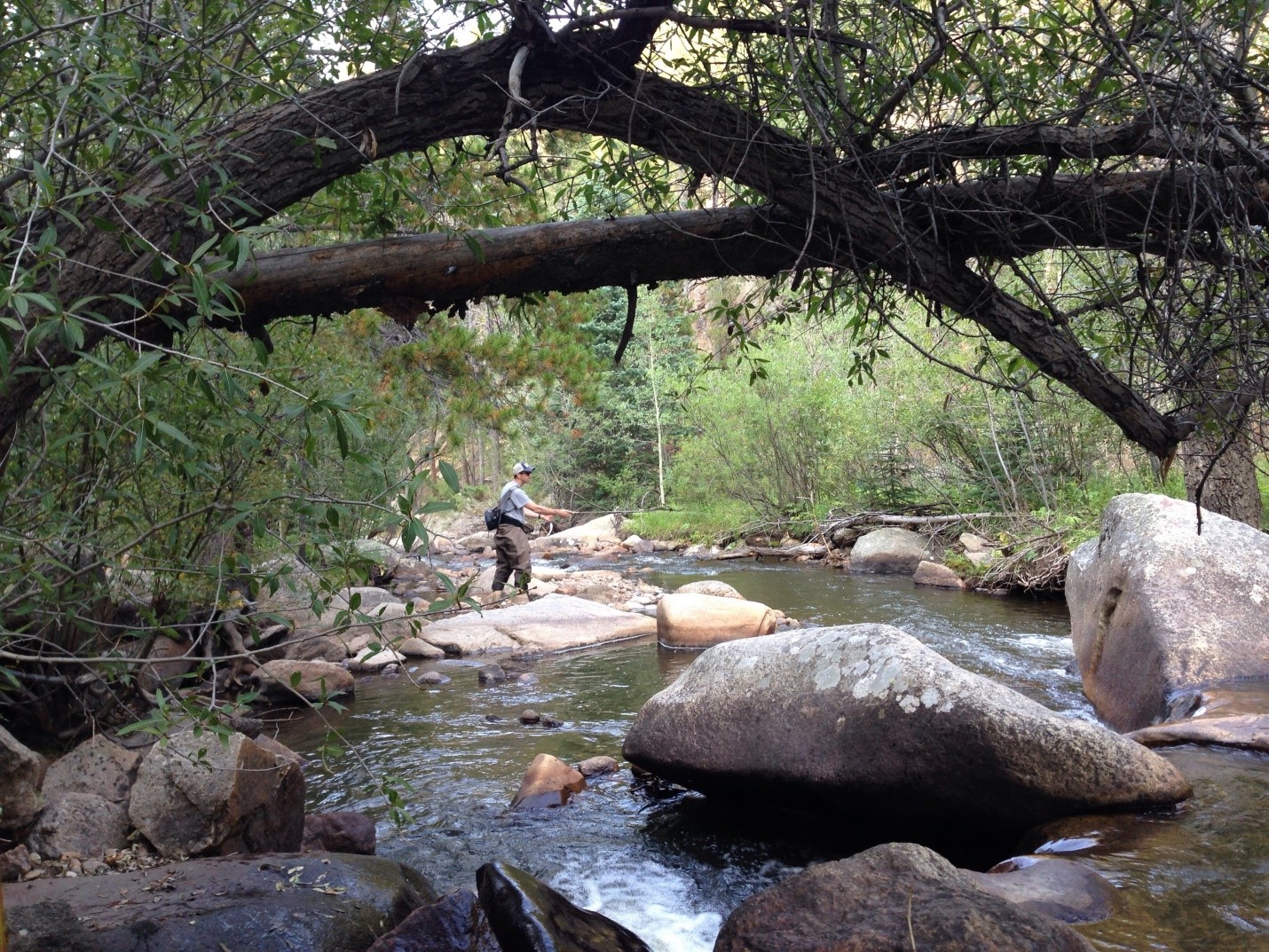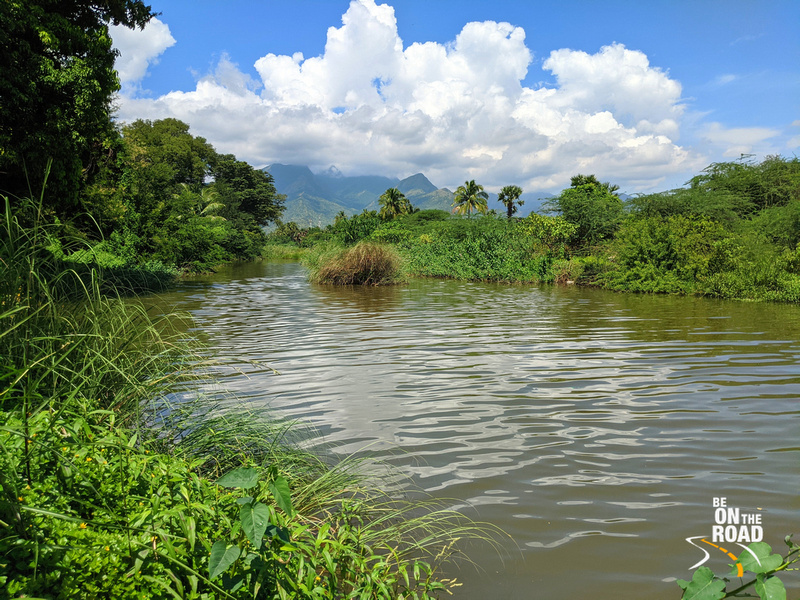Traveling Light: Essential Tips For Packing With Minimalist Travel Bags

In the hustle and bustle of everyday life, taking a breather and hopping on a plane or a train can be rejuvenating. But that relaxing getaway can quickly turn stressful if you're lugging around heavy suitcases. Here's where minimalist travel bags step in, offering you a stress-free, lighter travel experience. They're stylish, compact, and practical.
The following tips will guide you on how to pack efficiently with these chic, minimalist travel bags. Let's dive in!
1. Choose The Right Bag
Deciding on the perfect bag is the first step toward minimalist travel. The key is finding a bag that is both compact and versatile. It should have enough compartments to keep your belongings organized and be small enough to carry easily. Remember, the aim is to travel light without compromising on essentials.
Versatile Backpacks
Backpacks are an excellent choice for minimalist travel. They're comfortable to carry and offer excellent weight distribution. Choose a backpack that's durable, waterproof, and has various compartments for easy organization.
Stylish Tote Bag
Tote bags, on the other hand, offer a blend of style and practicality. They're spacious, chic, and versatile. A well-chosen tote can serve as a day bag for carrying essentials during sightseeing. With various designs and materials, these bags can cater to every traveler's taste.

Von Baer recommend the Elegance Tote as a travel bag, which includes a 14-inch laptop compartment, a fully-zippable main compartment, and it's made from full grain leather.
Compact Carry-Ons
Finally, a compact carry-on is a minimalist traveler's dream. These bags are designed to fit in overhead compartments, eliminating the need for checked luggage. They provide quick access to your essentials, making airport security checks hassle-free. Opt for a carry-on with a sturdy build and wheels to navigate easily.
Choosing the optimal minimalist travel bag is vital to achieving the art of light travel. To explore luxury luggage options, visit luxebeatmag.com. Their curated selection of high-end luggage caters to the discerning traveler who values aesthetics and practicality.
2. Know Your Bag's Capacity
Understanding a bag's unique dimensions and capacity is essential for proficient packing. Knowing your bag's limits allows for a strategic packing approach, preventing overcrowding and potential item damage.
Creating a checklist of must-have items also helps to reduce the temptation to include non-essentials. This practice cultivates a structured environment inside the bag, ensuring that only necessary items make the cut.
A well-curated, organized bag inevitably weighs less, a cornerstone of minimalist packing. Thus, mastering your bag's capacity becomes integral to a successful minimalist packing strategy, fostering efficient use of space and minimizing travel load.
3. Embrace The One Week Rule
Here lies a golden principle for minimalist packers: Pack for a week, irrespective of the duration of the journey, even if it extends to a month. Adopting this strategy can be a transformative shift in how one packs. It might necessitate the frequent laundering and reuse of clothes, yet the benefit of a significantly lighter bag outweighs this minor inconvenience.
Despite the need for occasional washing, this one-week rule philosophy yields a less burdened bag and a more liberated traveler. While it could be seen as a compromise, it's instead a powerful tactic in minimalist packing, underpinning the idea that less truly can be more when traveling.
4. Master The Art of Folding

Mastering the art of folding is a vital skill in minimalist packing. The way clothes are folded can cause a dramatic alteration in the available space within a bag. Implementing techniques such as rolling or the KonMari method can be significantly helpful.
The strategic application of such folding techniques significantly optimizes bag capacity. Moreover, using the KonMari method or clothes rolling not only enhances space utilization but also results in a neater bag with fewer garment creases. It showcases how a simple adjustment can substantially impact minimalist packing strategies.
5. Utilize Packing Cubes
When packing for a light trip, consider using packing cubes. Often considered a minimalist's secret weapon, these practical tools serve multiple functions. Not only do they aid in maintaining an orderly layout of one's belongings, but they also possess a unique ability to compress items, thus creating more usable space within the bag. Therefore, strategically using packing cubes can significantly enhance the minimalist packing experience, ultimately making them an essential tool in the arsenal of any savvy traveler.
6. Bring Travel-Sized Essentials

When addressing toiletries and other necessities, embracing travel-size versions is a highly strategic move. These compact counterparts conserve crucial space within the bag and align perfectly with flight regulations. The dual benefit of this strategy can help ensure a hassle-free experience at airport security checks.
7. Pack Dual-Purpose Items
An effective minimalist packing strategy hinges on identifying and packing dual-purpose items. If an item can serve multiple functions, it's certainly worth a spot in your bag.
Incorporating versatile clothing items that can transition from casual daytime attire to an elegant evening ensemble, shoes suitable for both leisurely strolls and formal dinners, and a smartphone that doubles as a camera, can streamline your packing process. By including items that fulfill multiple roles, minimalist packing can be mastered, optimizing space and reducing unnecessary baggage weight.
Conclusion
As you embark on your next journey, remember these tips. They will not only make your travel experience lighter and more comfortable but also more enjoyable. So why wait? Grab your stylish minimalist travel bag and start your adventure today. Let's hit the road, traveling light and carefree!



































































